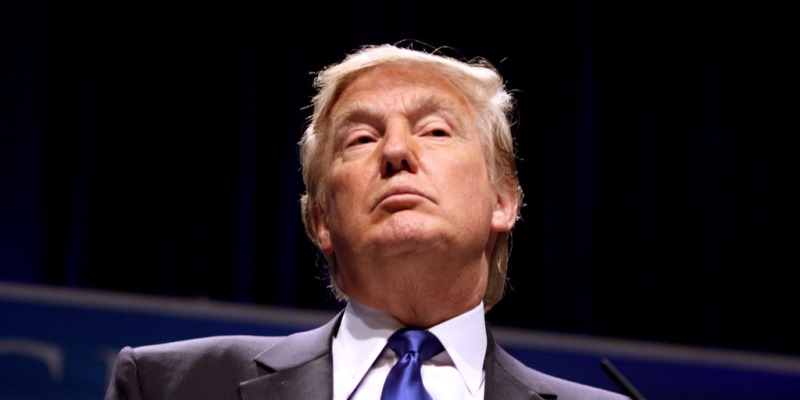What’s the over/under on next year’s top marginal rate?

The New York Federal Reserve Bank has just introduced an interesting initiative—a survey on expected future policy changes. Every four months since 2015 they’ve been asking the 1,300 nationally representative participants in their Survey of Consumer Expectations what they think about different policy possibilities. Having built up a bit of a time series, the Bank is now sharing the results with researchers and the general public.
In its announcement of the new series, it provides a couple of examples. In August 2016, three months before that year’s elections, only 10 per cent of respondents thought there would be a reduction in the average rate of income tax in the following 12 months. In December 2016, however, a month after the election of Donald Trump and a Republican Congress, almost 30 per cent thought the average rate of income tax would fall. A higher expectation was reasonable but it shouldn’t have been a slam dunk. At the time, there was a lot of talk about how then president-elect Trump might try to govern in a populist middle, to the left of orthodox Republicans. In the end, however, President Trump followed through on standard Republican policy and did cut taxes. On the other hand, much of the cut was focused on corporate taxes, which had got themselves well out of line with rates in competitor countries, so maybe the Fed’s crowd of respondents was showing wisdom, after all.
Now, or at least in August 2019, the most recent date the survey was taken, the expectation of a decline in the average tax rate is back down to the same roughly 10 per cent that it was in 2016. Perhaps respondents have been watching the Democratic presidential debates. Nobody is talking tax cuts there—though it’s also true that over the survey’s horizon of just 12 months ahead it’s extremely unlikely that a Democrat will be president—unless House Speaker Nancy Pelosi, third in line, somehow replaces both the president and vice-president.
For his part, the president has not been talking tax policy very much. And even if he had been, Americans would know by now that what he says on policy in any given tweet is often unrelated to what he actually ends up doing. And taxes, unlike tariffs, he can’t change on his own.
In the literature describing how it runs its surveys, the New York Fed says it makes sure respondents are numerate (though I haven’t been able to find where it explains exactly how it does this). Possible innumeracy aside, I wonder if there hasn’t been some sort of mix-up. The other example the Fed’s announcement describes concerns the prospects for an increase of the federal minimum wage in the next 12 months. In August 2016 the survey’s result was about a 45 per cent chance. Not surprisingly, given the November 2016 election results, that declined in December 2016 to about 30 per cent and hasn’t changed much since.
On the other hand, what is surprising is that the survey says there’s a 5-10 per cent chance of a reduction in the federal minimum wage. That does seem very unlikely. According to Wikipedia, since its inception in 1938 (at $0.25/hour) the U.S. federal minimum wage has never been reduced. There is certainly no appetite for doing so in the Democratic Party, which has a majority in the House of Representatives, nor, very likely, in the White House. The Democrats are all talking big increases in the minimum wage, to the extent of maybe even doubling it.
Of course, maybe those of the survey respondents who do think there will be a decline in the minimum wage are simply showing their economic sophistication. If the wage isn’t increased in nominal terms in the next 12 months, its real value is all but certain to fall. (The rate of inflation forecast for the next 12 months by the New York Fed’s survey is 2.48 per cent.) Between periodic adjustments by Congress, the federal minimum wage's real value falls more or less continuously as inflation eats away at its purchasing power. Its value in 1938 was the equivalent of $4.45 in 2018 dollars. Its peak in real terms was in 1968, when its nominal value of $1.60/hour was equivalent to $11.53 in 2018 dollars. (Its nominal value in 2018 was $7.25/hour, which it has been since 2009.)
Statistics Canada and the Bank of Canada often follow the lead of agencies in other countries so I wonder if we’ll soon see a public policy forecast in this country. Heading into next week’s federal election, it would be very interesting to gather odds on what Canadians think the top marginal rate of income tax will be in this country one, two and three years from now. To that end, knowing the odds on top rates in the United States, the kind the New York Fed is now generating, would obviously help. But, as the election campaign has shown, our policy is like our weather, not always the same as in the U.S.

